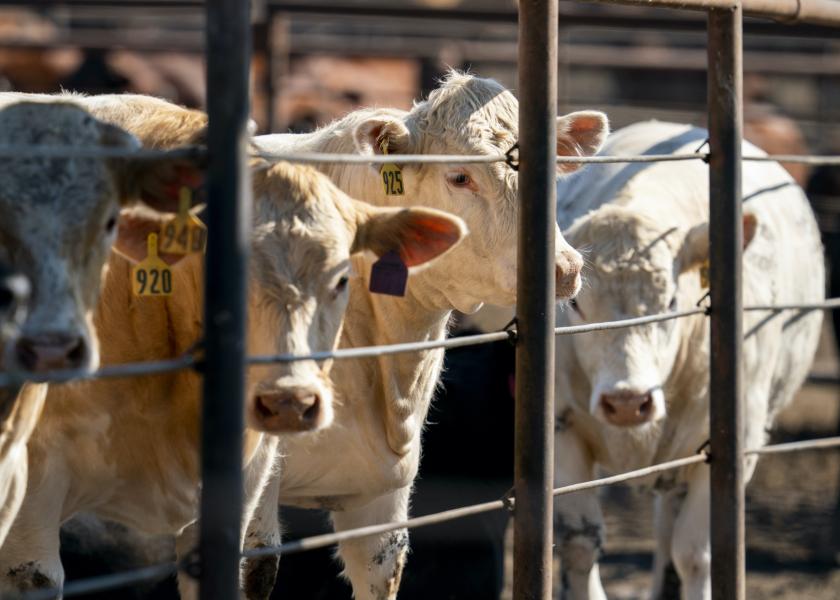Speer: Things That Never Happen, Happen All The Time

Brewing Optimism: During this past spring, one of the headlines from LMIC’s Livestock Monitor was entitled, “Optimism Brewing in Calf Markets.” That matches what’s occurring out in the country; I haven’t talked to many producers in the past several months who aren’t (very) bullish on the market. Leverage has returned to the production sector and all the signals indicate better markets for the foreseeable future.
However, that’s also why it becomes very easy to slide into complacency. That is, we fall into the trap of believing nothing can go wrong. That’s potentially a dangerous mindset.
Meanwhile, markets are up but costs are on the rise, too; there’s inherently more risk with each calf crop over time. That reality invokes the need to consider and implement sound business strategies to ensure successful decision-making going forward.
Nevil Speer is an independent consultant based in Bowling Green, KY. The views and opinions expressed herein do not reflect, nor are associated with in any manner, any client or business relationship. He can be reached at nevil.speer@turkeytrack.biz.
Fear vs Greed: That said, risk is typically perceived or defined as some sort of hazard – therefore, there’s a need to protect against unfavorable moves in the market (down if you’re a seller, up if you’re a buyer). On the other hand, risk is also defined as missed opportunity; that is, too much protection can equate to missing favorable moves in the market. The aspect of opportunity is typically overlooked by most market participants.
Balancing the two - danger and opportunity - is different for every operation. There is no one-size-fits-all sort of strategy. Accordingly, there are two sides to the spectrum of danger vs opportunity. Carl Richards (The Behavior Gap) explains it best utilizing fear vs greed.
The fear perspective is one in which, “…the pain of loss [down markets] outweighs the pleasure you get from gain [up markets]. In that case, you can manage your [business] to reduce the pain to a level that you can manage even during truly bad market downturns. You may miss out on some gains when the market rises—but you’ll know that your risk is reasonable.”
Meanwhile, the greed perspective places you on the other side of the coin: “What if you just can’t stand sitting on the investment sidelines and hitting singles and doubles while your brother-in-law brags about hitting home runs? Then you need to tilt your [business] toward [strategies] that will get you your share of gains… But you’ll suffer the brunt of the next downturn.”
Risk Management: Sellers of livestock work on the danger / fear side when thinking about markets. And historically, producers have been limited to utilizing traditional market instruments: futures and/or options. However, the introduction of Livestock Risk Protection (LRP) policies provides a whole new realm of opportunity for livestock producers of all types and sizes.
Those market risk tools exist side-by-side with business risk mitigation practices: increased working capital, careful cost management, debt reduction, and utilization of locked-in margins. Last, it’s essential to have a meaningful plan in place; careful, disciplined strategy to prevent against making emotional decisions.
All of these need to be considered in combination; managing risk around the business is comprehensive - it goes beyond just the market.
Happen All The Time: As markets work higher, it reinforces the need for increasing management of one’s business against potential shocks from the outside. It’s somewhat counterintuitive, but when things feel good, planning for negative events is more important than ever.
In the end, most of us generally aspire to the fear perspective; as noted above, the pain from downturns is much sharper than pleasure of the upturns. We need to be ready!
The beef industry is no stranger to black swan events – there’s been any number of them during the past 20 years. Bringing it full circle, complacency can prove catastrophic. Because after all, as Dr. Scott Sagan (Stanford Univ) reminds us: “Things that have never happened before, happen all the time.”







